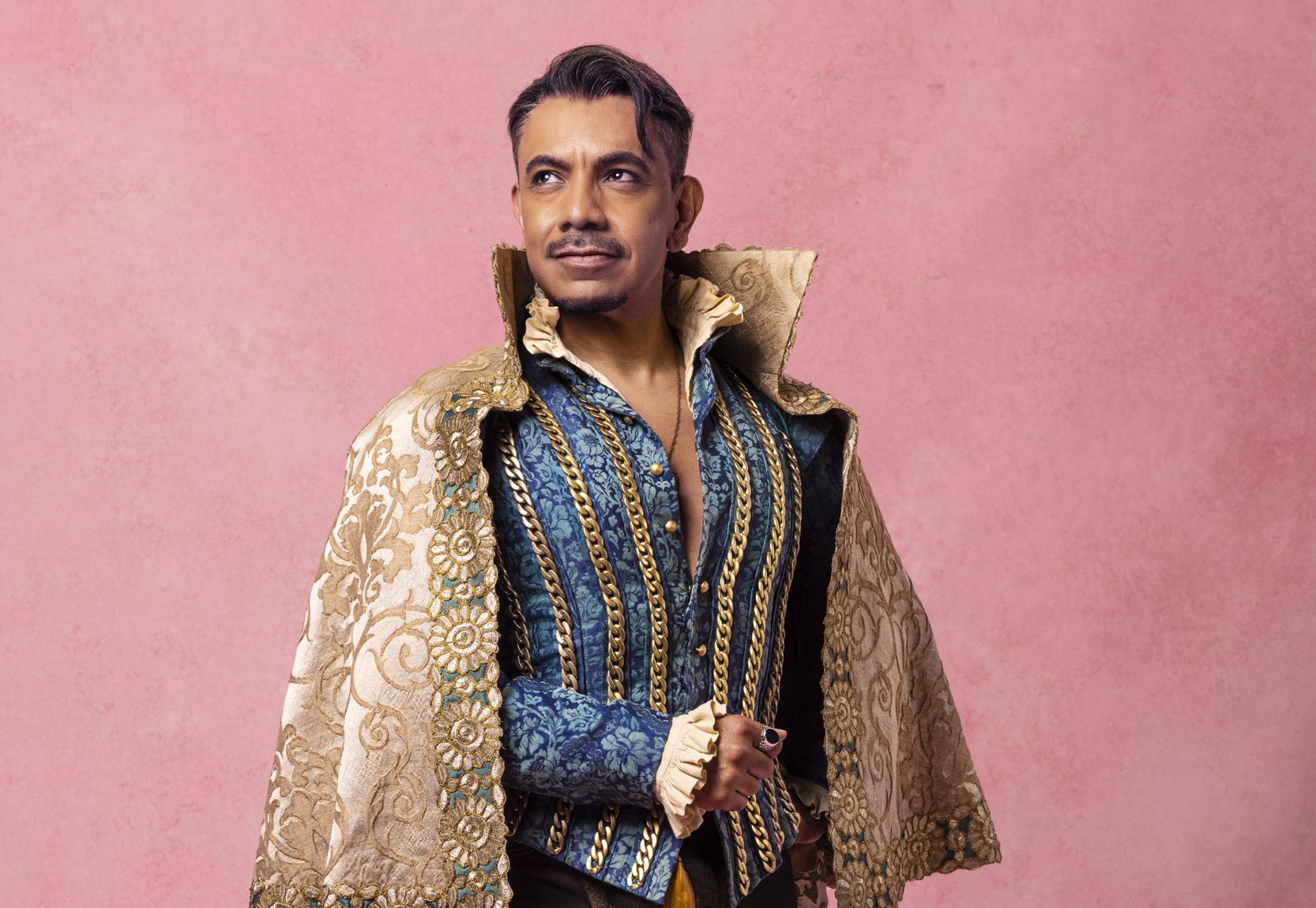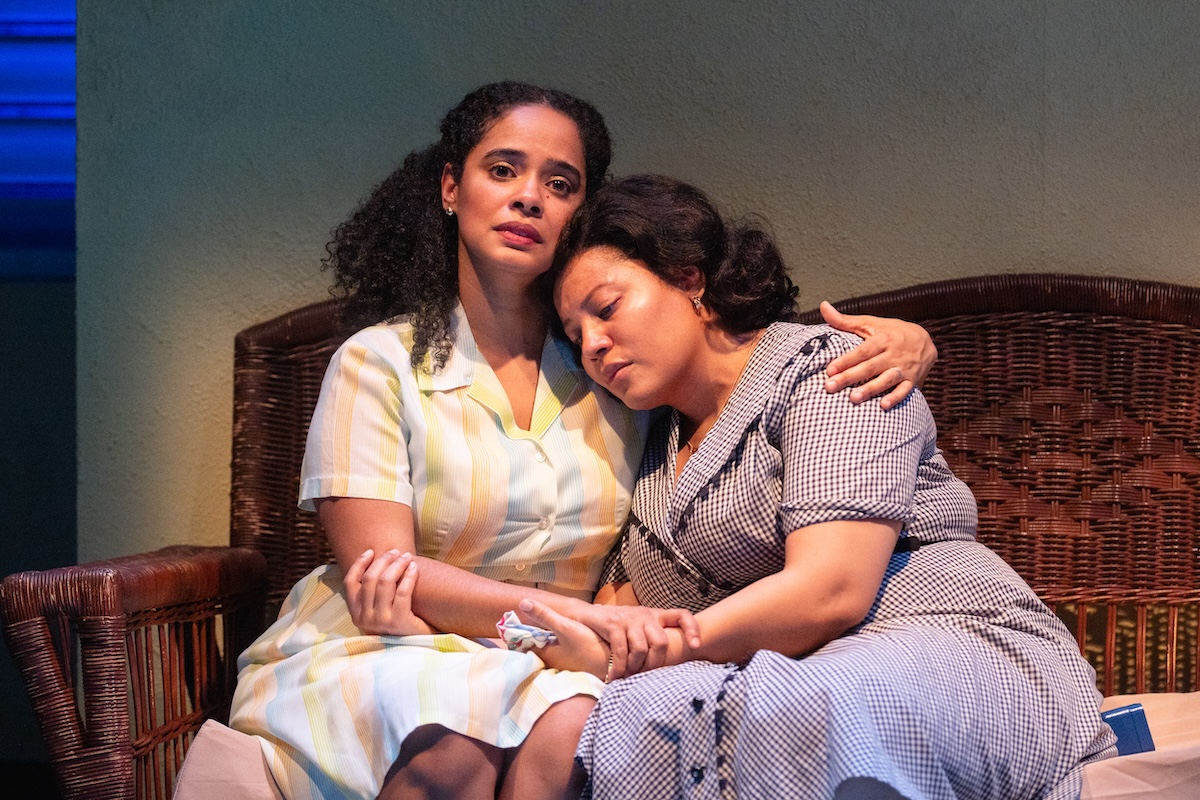Champagne on Ice
Since the beginning of July, Soho Think Tank has been keeping the summer cool with Ice Factory 2000,

a festival featuring the work of a wildly diverse group of women directors from around the world, at the Ohio Theatre on Wooster Street. The pieces have incorporated dance and poetic texts, live piano and sampled hip-hop, multi-media and solo performance. The series concludes with Coaticook, play written by New York-based writer/performer Lenora Champagne and directed by Katherine Owens of the Undermain Theater of Dallas, Texas. Champagne recently spoke to TheaterMania about Coaticook, which runs August 9 – 12.
********************
TheaterMania: I enjoyed your solo piece Wants at Dance Theatre Workshop a couple of years ago. I was wondering if you could update me on your work since then, and tell me a little about Coaticook?
Lenora Champagne: Since Wants I have been working on a couple different projects. Last year we received a Richard Rogers Development Award for a piece called Singing the Cyberspace Opera, which I’m working on with composer Daniel Levy. And we’re still working on that; it was presented at the York Theater last October, and we hope to have a full production of that happening in the near future. And I’m working on a new solo called Dusk, which is going to have a presentation at New Dramatists in mid-October. It’s sort of what happens after Wants–the woman with the child later on. And then this piece, Coaticook, is a play based on–I got an NEA Artist in Canada grant in 1995,

and my husband and my six-month old daughter and I went to live in this farmhouse in the countryside of Quebec for three weeks. And there was a really uncanny feeling about the house. We loved it, but it felt like it was…
TM: Inhabited?
Champagne: Yes. And in fact, there was a story that something had happened there right before we came. All I found out was that this woman with a son and daughter had lived there, and the son had brought home a friend of his from Coaticook to stay with them, and the mother ended up having a child with the friend of the son. And then the father, the young man, who was an adopted Eskimo, hung himself from a tree. And so I knew those things, and I made their story. That’s sort of the germ of the play. It’s very haunting and dark, and very much about loss.
TM: Did you begin writing the play while you were there?
Champagne: I started just making notes, and then I really wrote is last summer. So it sort of percolated for a while. They did a presentation of it in March at the Dallas Video Festival. There’s video in this piece as well. There four members of the community in the piece–two farmers, and a woman who runs a gourmet restaurant, and a woman who is the mother of the adopted boy–who comment during the play. They’re sort of like a Greek chorus. The whole piece, people have said, feels kind of like a Greek play. But it’s contemporary. It’s just very, very spare and very, very stark. And, one hopes, moving and thought provoking.
[[pg]]
TM: The use of video to present these chorus-like characters sounds very intriguing. Could you say a little more about that?
Champagne: Well, what happened is that Katherine Owens, the woman who directs the piece, had the idea of, instead of having live people be the community folks, to instead have those be kind of interviews. Because they’re written that way–they’re written as though the person was talking to an interviewer. And she conceived of them as being on video. And then there’re other video elements–she’s using this doll furniture. She’s interested in the life of objects. So while the characters are living in this stark, kind of run-down setting, there’s also this fantasy of a more-elegant life that is on video. I haven’t actually seen the furniture on video, because she hadn’t had that figured out in Dallas, but the interviews look great. They’re black and white, and in a review [of the Dallas production], it said they were kind of like Richard Avedon photographs. And they function in this interesting way, because they are larger than the actual people. So it’s like the people watching this knew what was happening, but didn’t intervene, which is how things happen in small towns.
TM: And also in Greek drama.
Champagne: That’s right.
TM: How did your working relationship with Katherine begin?
Champagne: I met her a couple of years ago when I went to see [Undermain Theater’s production of] Eric Ehn’s play, his adaptation of Faulkner’s The Sound and the Fury. And I really loved them–that company. They have this sort of rock ‘n’ roll take that I love. There’s a roughness to it that feels very right for the material.
TM: It’s interesting to me that in a few years you’ve gone from working on a solo piece, to a play, to a cyber opera, and, now, back to a solo piece.
Champagne: I can’t tell you how amazing it’s been, and how, in a way, crucial to me to go from one to the other. I can’t do two solos in a row anymore. I really like working one-on-one with a director, but sometimes you have a larger vision than a solo show can accommodate. Sometimes you have other kinds of stories to tell. My solos are almost more like a narrative–I write them as text–than a play. Sometimes my stories need to be told in dialogue, and those are the ones that end up being plays. And in terms of the opera, the composer came to me, and we ended up working on this together. I don’t know that I would have been ambitious enough to attempt working on an opera alone.
TM: What, if anything, links those pieces?
Champagne: I think there is a theme, and I started becoming conscious of it at a certain point. A lot of my work tends to deal with loss. I can’t figure out in terms of autobiography–I didn’t have a parent die at a young age–but there’s this longing, this loss, this sense of what’s missing, that is at the heart of all this work. Or a sense of time passing and taking things with it. And all of these pieces are about relationships. At the end of Coaticook, the young girl is very conscious of having lost this friend. So for some reason, that seems to be a theme that recurs.












